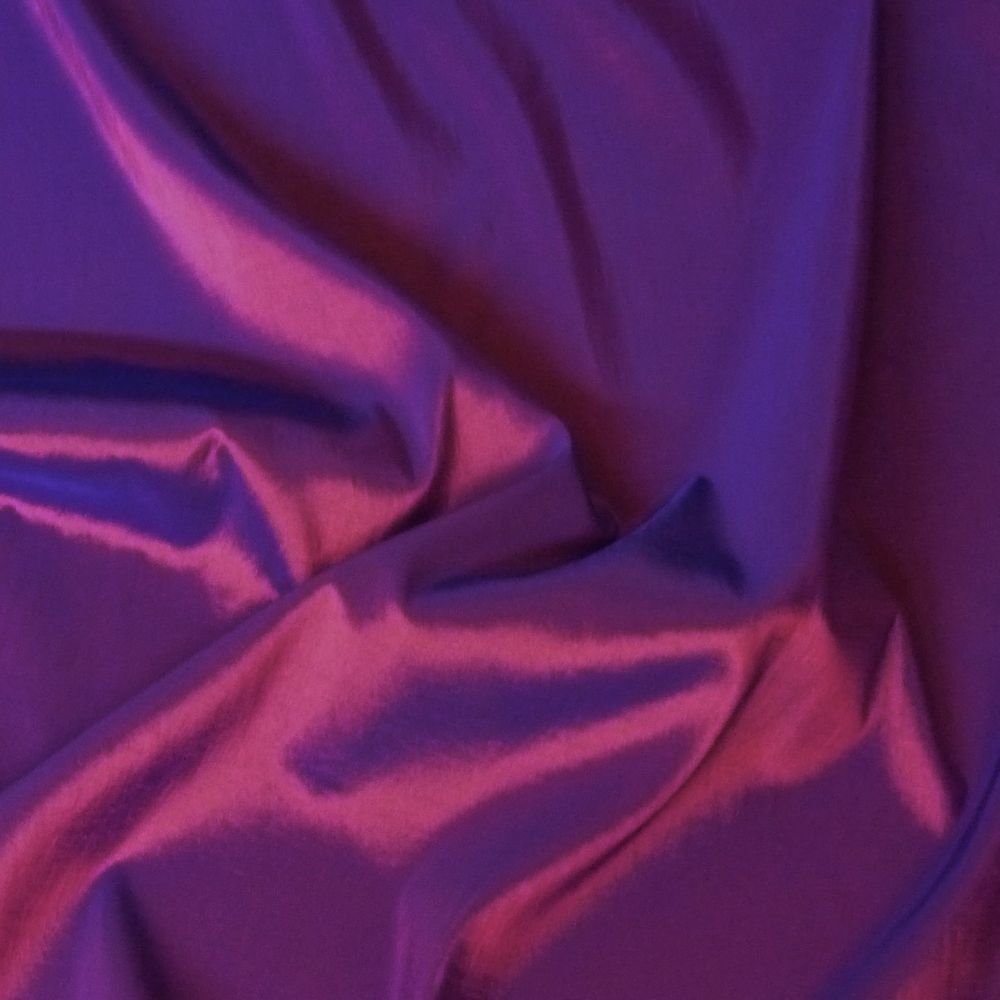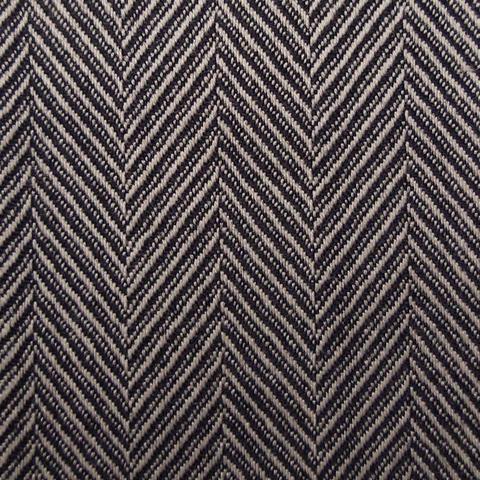Linen
Linen is a compact fabric soft to touch with flat surface on both sides. It comes in different weights depending on tread and fabric's intended use. Italian and Irish lines are mostly used for summer clothing. Lightweight linen can have a coarse appearance such as Dutch fabric. Medium-weight linens have a uniform look and are suitable for embroidery and printing. Heavy weight linens have very visible threads and are usually used as a decorative element.

Linen can be used in variety of products, from shirts to household items to men's suits. It is easy to dye and available in many colors. It's great for scalloped embroidery, cross-knit geometric patterns and openwork due to tis compactness and rigidity.
Cotton
Cotton is the most used material in the world because it is highly resistant- it can withstand high temperature treatments that guarantee maximum hygiene. It's surface has a simple base weave and dull appearance due to use of short cellulose fibers from the pods of the plant. Cotton is very versatile and has many uses thanks to this as it is the ideal foundation for applying finishes to create complex fabrics used in fashion, technology and sports.

Cotton can be find in many solid colors and prints, different weights and consistencies. High quality cotton yarns and fabrics, such as Egyptian Mako cotton, naturally take on extreme sheen, better hygroscopic characteristics, compatibility with dyes and antibacterial qualities.
Taffeta
Taffeta is a compact fabric made with silk thread with a cloth or plain weave. It looks the same on both sides, has a light surface but rigid, tight and crinkly. The feeling it leaves is cool, lustrous and silky.

Taffeta is used as a sculptural fabric in shirts with wide sleeves, puffed skirts, evening gowns with flounces and wraparound collars, stoles and wedding gowns. It can also be used as a lining and in curtains and decorative home accessories.
Wool
It has a regular surface on both sides, made with woolen threads of various types and thickness. Wool material can have a smooth and fluid appearance when made with spun threads or a hazy look if carding material is used. It absorbs dye well and is find frequently in prints, flare skirts, decorative panels, shawls and stoles. Woolen cloths are classified according to the origin, species and length and quality of the fleece from which the fiber is obtained. There is Australian merino wool, Yorkshire English wool, Irish wool to delicate mohair from alpaca to vicuna and cashgora. A light, combed-wool fabric used in men's suit is called tropical.

There is also a cotton wool-woven fabric cloth with rustic apperance made of wool and cotton or other fibers. Less expensive wool is made of recycled wool threads where old garments are recycled and treated to take on a new life. These threads are less resistant and elastic and can be dyed, spun, woven or braided to adapt to new fashion trends.
Canvas
Canvas is a compact and resistant fabric with a plain weave, manufactured in different weights depending on its intended use. It looks rough and unfinished with a very tight thread count, robust and economical.

Throughout history, it was mostly used in the nautical sector as its resistance increases when the fabric is wet. Today, we use canvas in tents and big tops. Lighter versions of canvas are used in parasols, patio furniture, beach chairs and nautical rigging. In fashion it can be used in military jackets for outdoor activities, bags, sacks, luggage, backpacks, briefcases, hats, shoes and belts.
Nylon
Nylon is a synthetic plain woven fabric that is tight and shot but very light at the same time. It is very durable and weather resistant and in combination with natural fibers can be used in a variety of garments that require solidity and consistency. In fashion it is mostly used in umbrellas, raincoats, jackets and parkas. It can also be used in bags, suitcases, footwear and make up kits.

